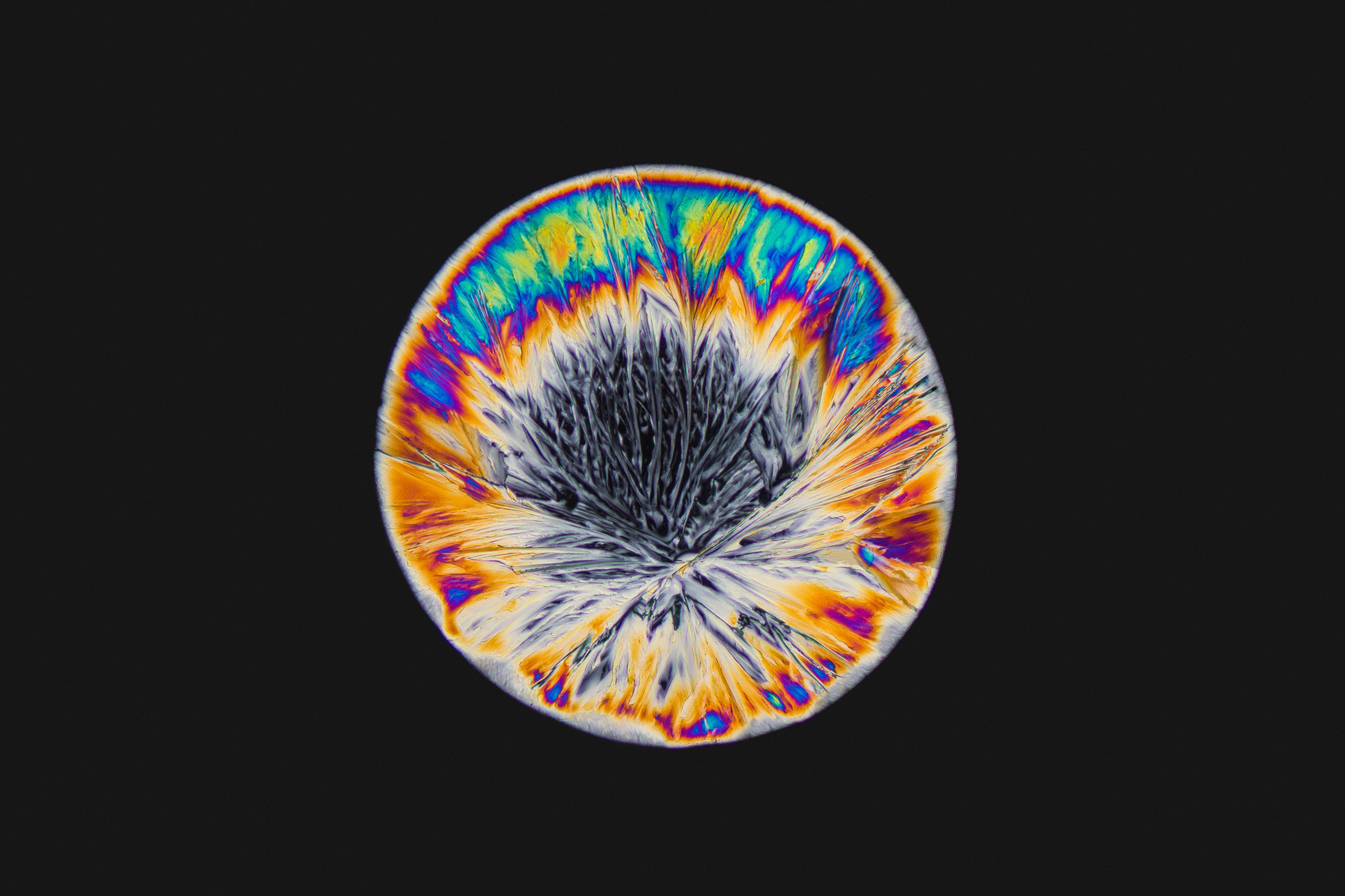

Overdosing on amphetamines can also lead to permanent damage. Amphetamine Overdose SymptomsĪmphetamine overdoses can include the following symptoms: Without emergency medical treatment, a person is more likely to suffer complications linked to their amphetamine overdose or even death.ĭeath from amphetamine overdose is more likely when the user takes other drugs in combination with amphetamine. This number shows a 30% increase in amphetamine-linked deaths from the previous year. In 2017, more than 7,000 people died due to amphetamine overdose. Since 2010, overdose deaths from amphetamines like Adderall, ecstasy, and methamphetamine have been rising. Because of that, there can be longer-lasting, more dangerous effects on the central nervous system (CNS). Higher amounts of methamphetamine can reach the brain at similar doses of other amphetamines. In addition, methamphetamine is more dangerous than some other amphetamines. Because of these habit-forming characteristics, though, people taking these drugs face a high risk of overdose. This means that these drugs have a high potential for abuse and can lead to severe psychological and physical dependence.Īmphetamines have stimulating effects and can make users feel more energetic, confident, and focused. Drug Enforcement Administration (DEA) classifies most amphetamines as Schedule II stimulants. Transmission of these diseases can occur through sharing used needles with a person who has the infection and is not under treatment. People who use amphetamines, particularly methamphetamines, face a higher likelihood of developing HIV and hepatitis B and C. For example, it's common to see violent, erratic behavior or psychosis among chronic users of amphetamines. These risks increase much more among those who take amphetamines for an extended period. Unsafe sex and sexually transmitted infections (STIs).However, there are risks associated with amphetamine use, including: The drug’s “good-feeling” effects can last for a long time (6 to 12-hour half-life). This may include compulsive cleaning or putting together and taking apart an object.Īmphetamines are highly abused substances because of their ability to cause pleasure, ecstasy, and euphoria. People who take amphetamines can develop compulsive or repetitive movements. Mood and emotional issues, such as aggressive or violent behavior, depression, or suicidal ideation (suicidal thoughts).
AMPHETAMINE DRUGS SKIN

Some amphetamines may be prescription drugs, such as Adderall®, or over-the-counter medications, like ephedrine. Amphetamines are central nervous system stimulants used to increase alertness and focus.


 0 kommentar(er)
0 kommentar(er)
